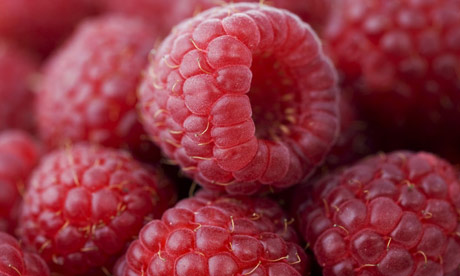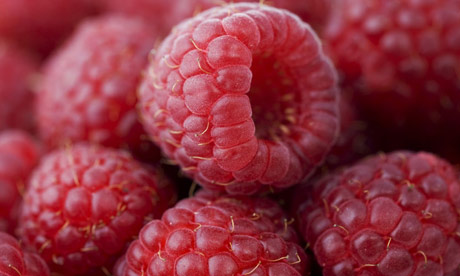Who Would Like to Taste the Universe?
Attila Grandpierre: Who Would Like to Taste the Universe?
This small article corresponds to my talk “The Fundamental Biofriendly Activity of the Universe”, to be presented at the 64th Congress on Phenomenology, Milano, October 1-3, 2014. It also corresponds to my book-in-progress, see http://livinguniverse.info, https://www.facebook.com/BookLivingUniverse
By the Article of Guardian, Galaxy’s centre tastes of raspberries and smells of rum, say astronomers
http://www.theguardian.com/science/2009/apr/21/space-raspberries-amino-acids-astrobiology
Similarly, we can add: The Asteroids of the Kuiper Belt Taste of Ripe Pears – say astronomers. http://www.panspermia.org/kuiper.htm
The recently reported extreme redness of a class of Kuiper-belt objects could be yet another indirect indication of extraterrestrial microbiology in the outer solar system.
We note from here that some mineral surfaces could come close to satisfying (1), but by far the best candidates for producing redness are naturally occuring pigments as typified by the data for ‘ripe pear’ and ‘ripe peach’.
A comment to the Guardian article:
Although the author of the Guardian1s article claims that the result is unanticipated, actually, Hoyle and Wickramasinghe preceded the results reported in the Guardian 2009 already in 1974 – a remarkable achievement preceding these present results by 35 years! Moreover, Hoyle and Wickramasinghe obtained a series of remarkable other results about proteins and bacteria in the cosmic space that are not yet achieved by modern astrobiology – except them.
Quotes on the aromatic organic substances in cosmic dust grains, evidences found earlier:
Identification of the 10 μm Feature
It was at this stage that we ourselves became mildly dissident by thinking that some effort should be made to identify X. And we became seriously dissident in most people’s eyes by looking among aromatic organic substances, e.g. polysaccharides, to make the identification (Wickramasinghe, 1974; Hoyle and Wickramasinghe, 1977). Slowly but surely we were edging towards cosmic biology and inevitably to panspermia. We soon discovered that such substances as were connected with biol- ogy provided distinct improvements of fit to the observations of Figure 1 whilst also offering a promising explanation for the newly discovered ultraviolet interstellar absorption at 2175A (Hoyle and Wickramasinghe, 1977a,b).
The first direct evidence of complex organic molecules associated with interstellar dust came with observations of the galactic centre source GC-IRS7 (Allen and Wickramasinghe, 1981). Their observations, using instruments on the Anglo Aus- tralian Telescope, with possibly optimal observing conditions, showed unequivo- cal evidence of a broad absorption band centred at about 3.4 μm that could be attributed mostly to CH stretching within a mixture of aliphatic and aromatic func- tional groups. The absorption was to be clearly detected against the background of thermal emission in a source radiating at a temperature of 1100 K. Quantitatively the absorption amounted to 0.3 mag at the centre of the 3.4 μm band. Figure 7 shows the spectra several similar sources distributed over an extended 3 cubic par- sec volume around IRS7 which were subsequently observed by Okuda et al. (1989, 1990). The circumstance that all these sources display approximately the same central optical depth (0.3 mag) at the 3.4 μm band centre, relative to the underlying black-body continuum, makes it certain that most of the absorption arises from the diffuse distributed interstellar medium rather than from local circumstellar regions. It is therefore safe to infer that this C–H stretching absorption is characteristic of interstellar grains over an extended path length to the galactic centre of some 10 kpc or so. It is also clear from Figure 7 and from the original observations of Allen and Wickramasinghe (1981) that there is no ice band at 3.1 μm to any significant extent, at any rate none that exceeds the optical depth of the 3.4 μm band. This result is consistent with the ISO observations of Vi Cyg No. 12 to which we have already referred. (The quotes are from INFRARED EVIDENCE FOR PANSPERMIA: AN UPDATE, by N.C. WICKRAMASINGHE and F. HOYLE, 1998, Astrophysics and Space Science 259: 385–401, 1998)
See Wickramasinghe and Hoyle:
http://link.springer.com/article/10.1023%2FA%3A1002410616888
A recent comment by Sheldon and Hoover, in Proc. SPIE 6694, pp. 66940H, 2007. doi:10.1117/12.729094:
The Cometary Biosphere
Robert B. Sheldon and Richard B. Hoover
http://www.rbsp.info/rbs/RbS/PDF/spie07.pdf
Hoyle and Wickramasinghe’s many contributions cannot be overstated, but their theory failed to achieve widespread acceptance, perhaps because its principle support came from observations of astronomical spectra, which many took to be suggestive but not conclusive. However, recent comet flyby data1 have changed this consensus, returning theorists to the 1908 thesis through observation of complex cometary organics, which if not taken to be due to the presence of life, may allow for the spontaneous generation of life. There is even a belated recognition that contrary to the accepted theory of the time, Hoyle and Wickramasinghe had correctly predicted that comet nuclei would be very black.


